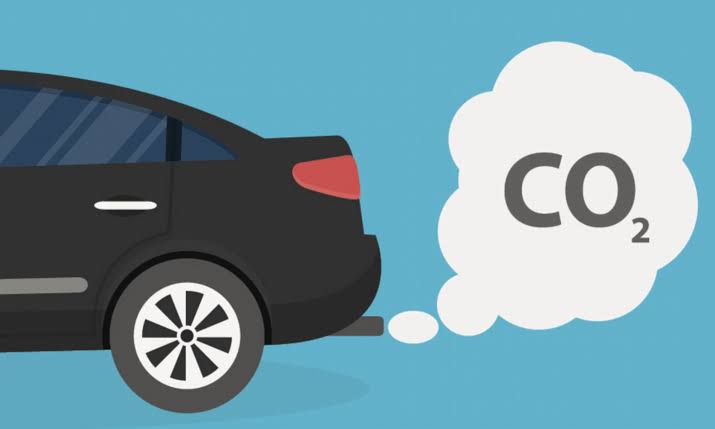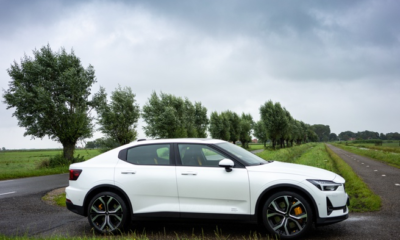Technology
Common mistakes in CO₂ emissions calculations

In recent years, quite a few questions have been raised about the sustainable nature of EVs and this skepticism was not always straightforward. This has resulted in a distorted picture and (conscious or unconsciously) errors in calculations. A number of examples based on recent research by Eindhoven University of Technology:
1. Exaggeration of greenhouse gas emissions from battery production
Upscaling and smarter engineering (such as heat conservation in the production process) have dramatically reduced the amount of energy that factories need to produce battery cells. At the same time, the electricity used is steadily becoming low-carbon. All of this downsizes the EV’s “ climate backpack, ” but many EV-critical studies ignore this completely. Examples are findings by Buchal, Karl and Sinn, ADAC, ÖAMTC and Joanneum Research, who assume that 175 kg CO₂ per kWh battery is emitted during battery production. They base this on a very controversial study from 2017. This study was updated in 2019, whereby the emissions were corrected to 85 kg CO₂ per kWh. This means that the ‘climate backpack’ of the electric car has been halved.
2. Underestimation of battery life
Many studies (e.g. Buchal, Karl and Sinn, ADAC, ÖAMTC and Joanneum Research) assumed that a battery would last an average of only 150,000 km. Buchal, Karl and Sinn even compare this with a sustainable diesel car that lasts 300,000 km. However, there are no examples where this was based on factual research, according to the TU. Empirical data shows that modern batteries most likely last more than 500,000 km. New studies even claim that with current technology two million kilometers is possible. In addition, the lifespan of cars is increasing in Europe and an average modern car can be expected to travel 250,000 km.
3. Tampering and reassessment
In addition, laboratory studies were carried out in the past that were paid for by car manufacturers (think of the cheat diesels). That resulted in the unveiling of cheat software that kept emissions artificially lower. In addition, new research on greenhouse gas emissions has shown that emissions related to gasoline and diesel production are higher than previously thought.
Conclusion
The above calculations show that an EV is clearly more sustainable than a car that runs on fossil fuels. Not immediately when it rolls off the assembly line, but usually within a year. Moreover, sustainable technology will only get better in the coming years and EVs will only become more sustainable. Electricity generation is getting greener every year due to the increase in solar and wind energy. An EV that you buy now is more sustainable than a fuel car, but in ten years it will be much more. Both the power and the battery packs become more sustainable, and with it the EV as such. In a subsequent article, the types of green electricity used by an EV and its future will be further discussed.
-

 AVIATION5 years ago
AVIATION5 years agoPhoto News: Air Peace commence flight operations to South Africa
-

 Car News5 years ago
Car News5 years agoPolestar is recalls over 2000 electric cars due to software bug
-

 RAIL5 years ago
RAIL5 years ago36 Killed in Pakistan Train Accident
-

 Business5 years ago
Business5 years ago2016 Volvo XC60 review and specifications
-

 Reviews5 years ago
Reviews5 years ago2021 Audi A6 Specifications and Review
-

 Reviews3 years ago
Reviews3 years agoDebutant Kia’s new K8 sedan benchmarks luxury, safety
-

 SAFETY / CAR CARE5 years ago
SAFETY / CAR CARE5 years agoHandbrake warning light; what it means and what to do
-

 Reviews1 year ago
Reviews1 year agoAll-New 2024 MG RX5 arrives into Nigerian market
